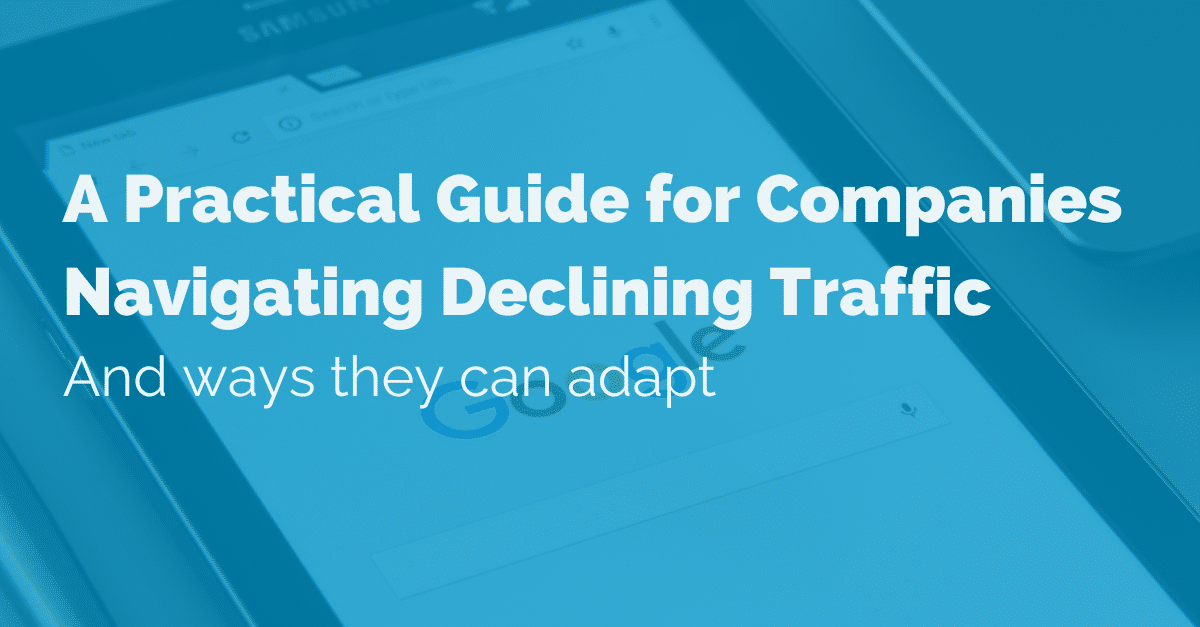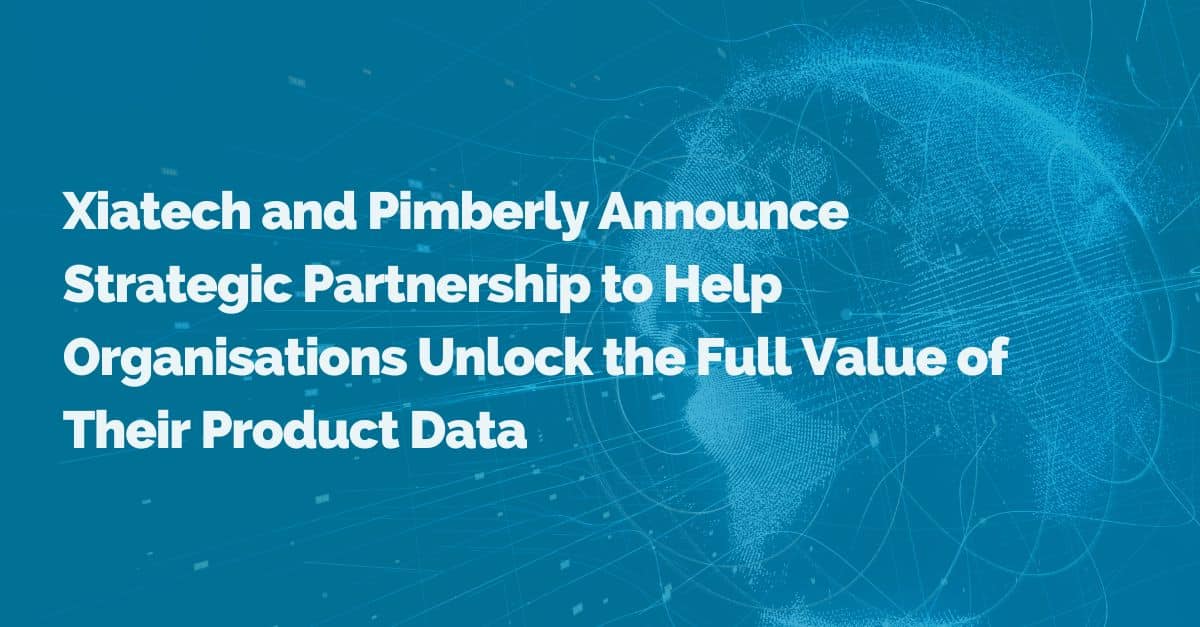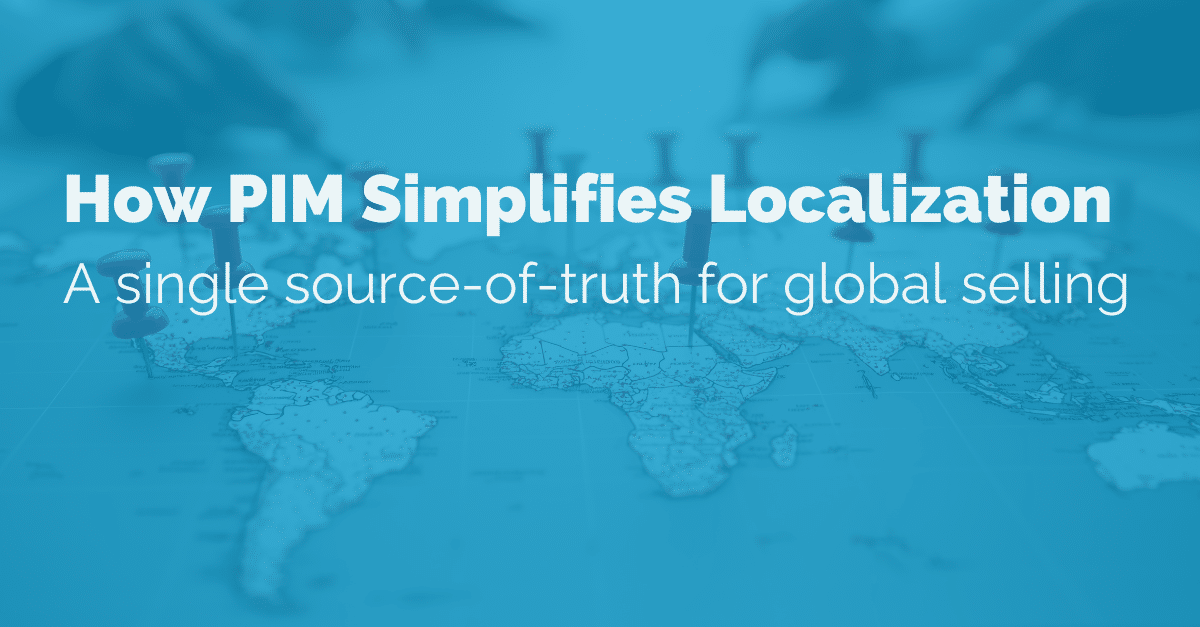1. What is a connector?
A connector is integral to your eCommerce tech stack. In essence, it provides software that integrates different SaaS applications or services. In addition, the connectors enable the applications and services to communicate and share data. For example, a connector lets you integrate your SaaS CRM application with a SaaS email marketing tool to exchange customer data easily. Another good example is using a PIM to integrate your ERP, DAM, and PLM to collate your product information.
2. What is a connection?
A SaaS connection is the technology and software used to establish a secure and reliable connection between a user and a SaaS application. It can connect SaaS applications with other cloud-based apps or your on-premise software using APIs. Apps in your tech stack share data to improve workflows and quicken integration.
For example, PIM software feeds, such as those used by Pimberly, enable you to automatically pull data from outside sources such as FTP servers or HTTP browsers. Feeds also enable third-party systems to push data to your PIM based on rules set by the software’s REST API. Finally, feed connections receive product information from various sources, including your suppliers and internal systems.
3. The key differences between connectors and connections]
Connector technology enables other technologies to work together to create a cohesive tech stack, while a connection is how users engage with software within that stack. For example, a single sign-on (SSO) is a connection that enables users to access their tech stack using one set of credentials. As a result, they only need one username and password to log on and access every app in your tech stack.
4. Why Pimberly acts as a connector
Since product information plays a role in so many facets of an eCommerce tech stack, as a legacy PIM/DAM, Pimberly acts as a connector. Your PIM needs to communicate easily with other software, like Shopify Plus, to ensure your data is reliable and accurate. Pimberly integrates all your apps and platforms where your product data is stored as a central platform enabling you to work from a single source of truth.
PIMs collate your product information from multiple sources, whether it’s an ERP, PLM, or feeds from multiple suppliers. As a connector, Pimberly makes it easy to cleanse, enrich, and optimize product data and assets, to manage data structure and product relationships for use on your sites. This includes social media and enterprise eCommerce platforms.
Your PIM is a critical connector in your eCommerce tech stack. It enables you to import data and assets from multiple systems in various formats. From there, you can manage all functions across your departments or with suppliers. Also, with a PIM connector, you maintain brand consistency. You improve workflows by quickly identifying errors before publishing product information and distributing it to multiple sales channels/geographies.
Where we come in
Pimberly uses integration layers enabling you to develop a single integration point for internal and external systems. This improves user interactions with streamlined workflows thanks to an open API. In essence, the API works with essential eCommerce systems, including major marketplace platforms.
Pimberly’s Commerce Connector is the ideal middleware solution enabling you to manage product content updates in real-time across all your cloud-based eCommerce platforms, including BigCommerce and Shopify. The PIM enables you to map complex data models to your target platforms’ data models, so you can seamlessly send products and updates to web stores sans custom coding.
Pimberly’s Commerce Connector utilizes the latest serverless technologies to ensure sustainable high availability and throughput for your product data management today and well into the future.














